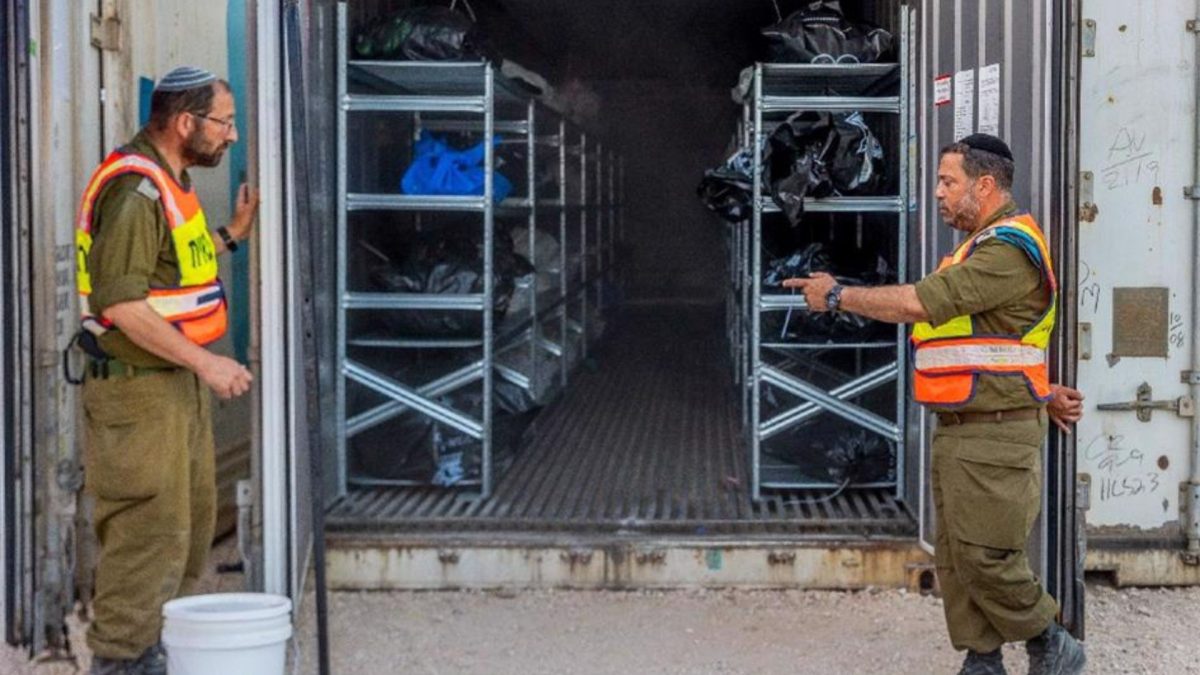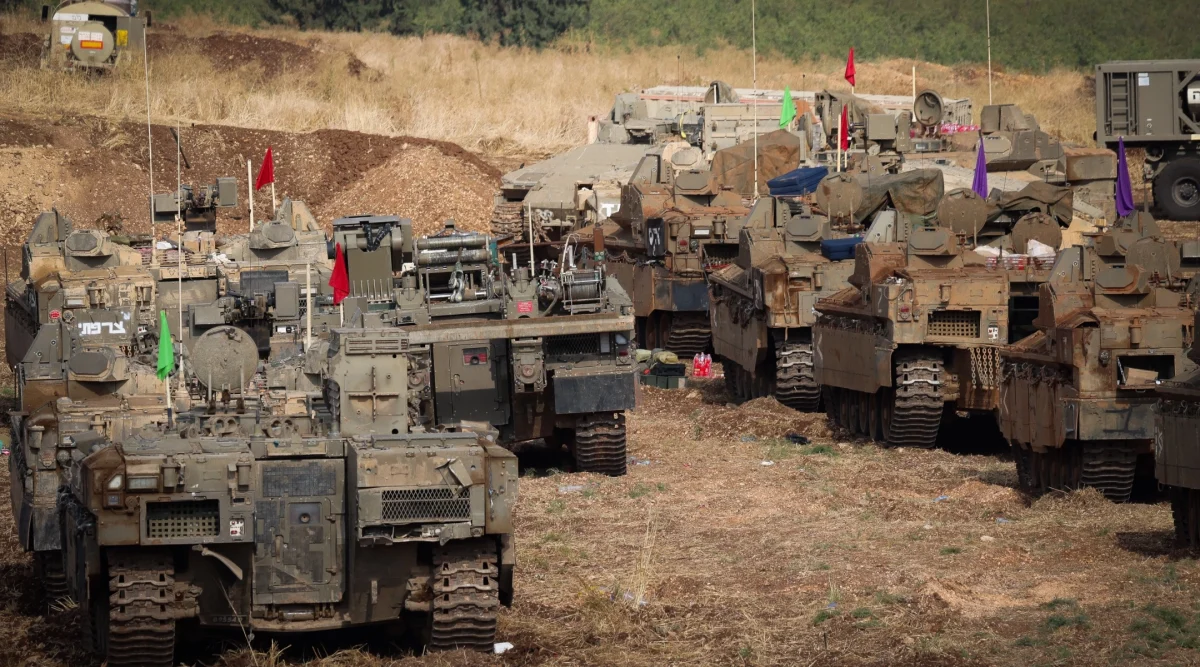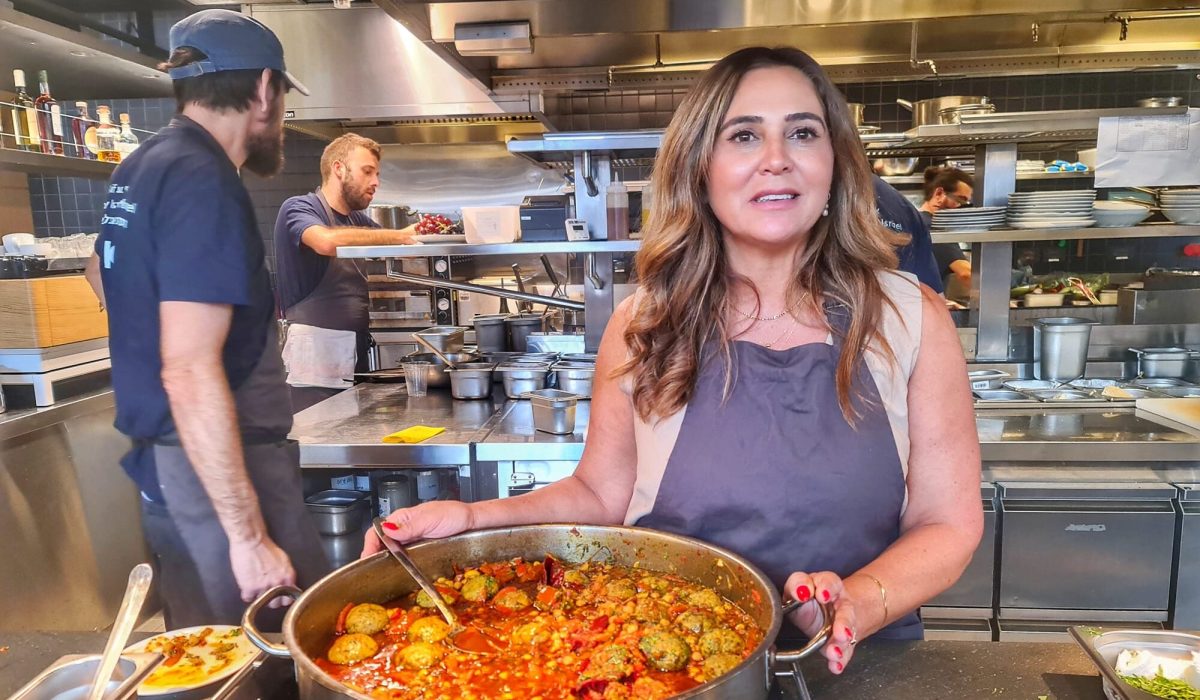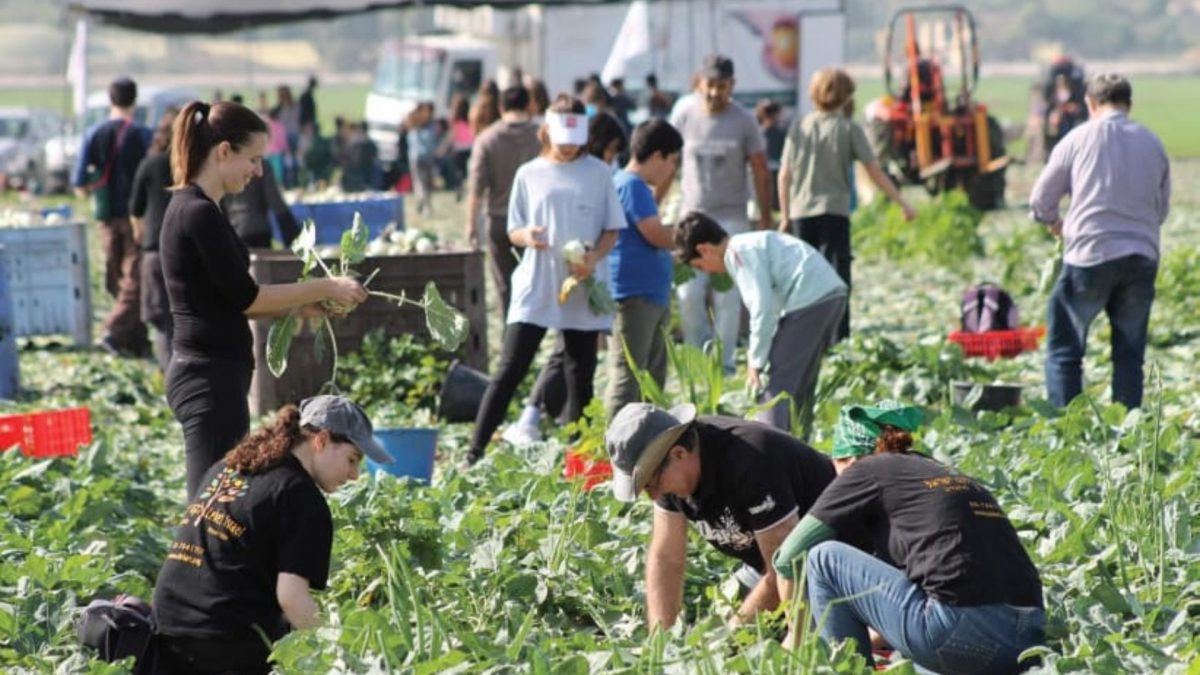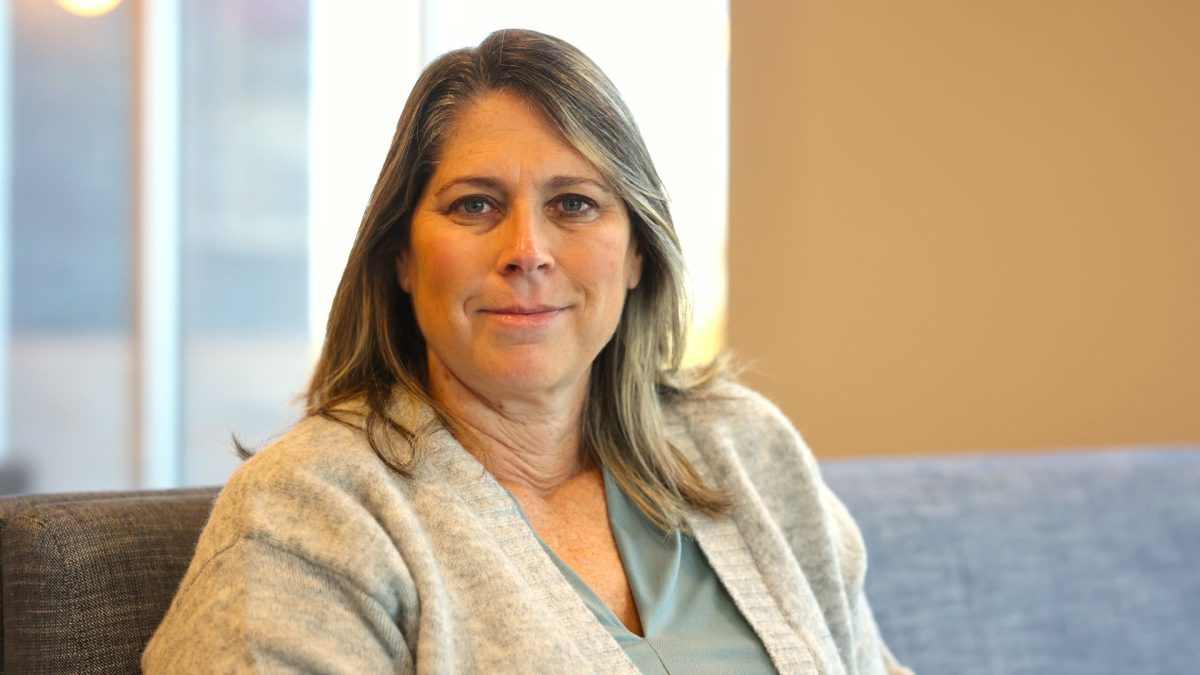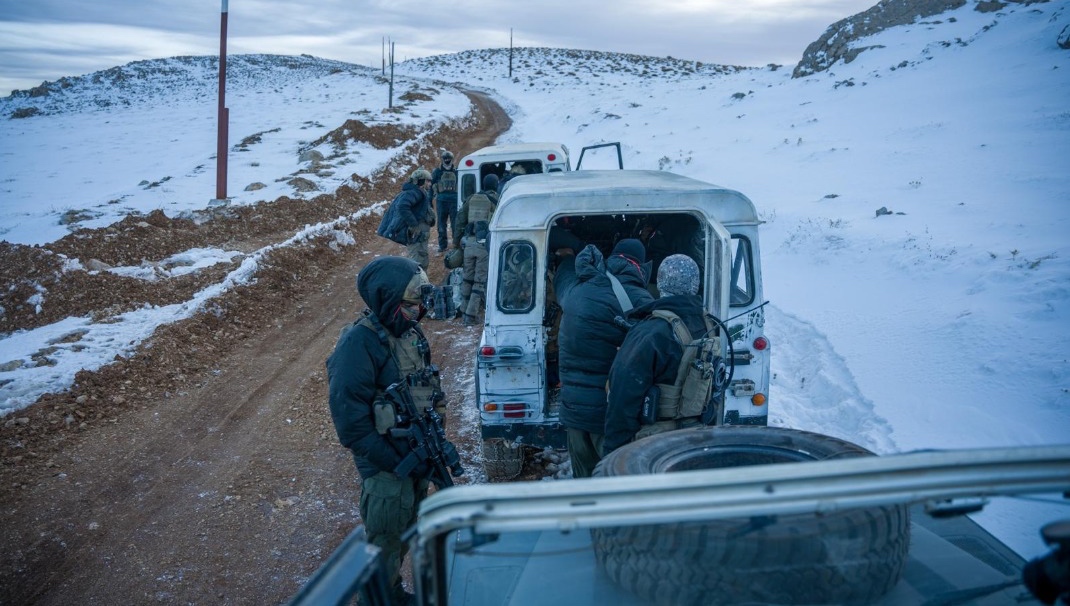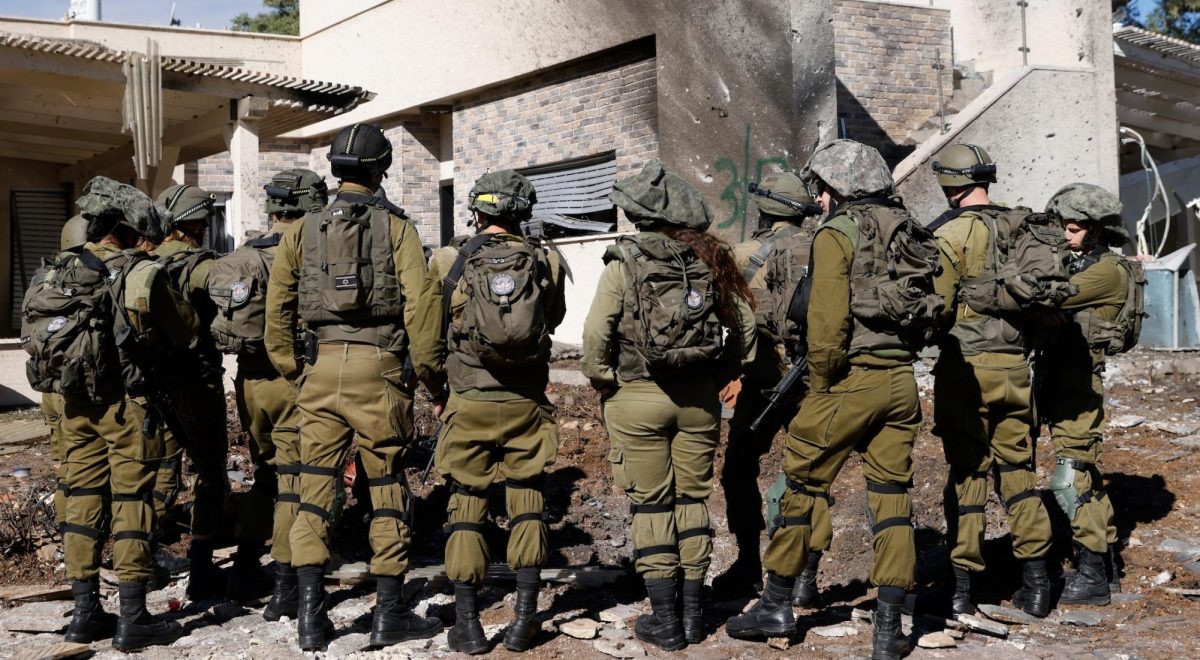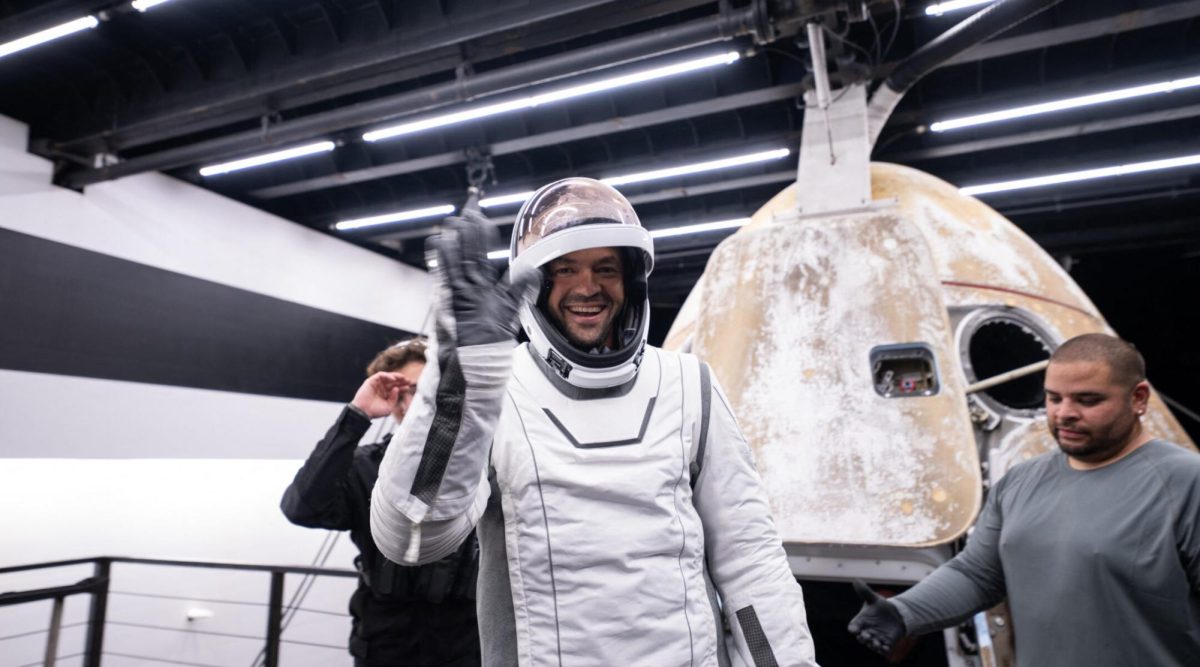Menachem Levy says he is “used to death.” A member of Tel Aviv’s chevra kadisha (“sacred society”), he is among a relatively small number of experts in Israel responsible for preparing tens of thousands of bodies each year for Jewish burial. Yet, he says, nothing he has ever seen prepared him for the jarring scenes he encountered in Israel’s south, where he joined with volunteers, led by ZAKA, in collecting the bodies and body parts of victims of Hamas brutality for burial.
“There are no words to describe what I’ve seen,” he tells Chabad.org. “These are things I have never seen before and hope never to see again.”
Levy says that the extreme way in which the people had died means that there are times when it becomes extremely challenging to positively identify the victims. In some instances, there is no DNA, no teeth to match with dental records and precious few other ways of determining who the bodies were.
Coping with an Unprecedented Numbers of Victims
Much of the work of identifying the remains takes place at the Shura Army Base near Ramle. The base houses a large new processing center designed to care for the bodies of victims of terror attacks and natural disasters. The center is large, but never could the planners have foreseen a national disaster of this scope.
Rabbi Yosef Yitzchak Noiman was among the soldiers tasked with unloading the trucks and assisting the doctors who harvested DNA samples, often by clipping a fingernail when possible.
“Truck after truck of bodies. Floor to ceiling, bodies. Each one a human, a loved one, a life,” says Noiman, who normally serves as a Chabad emissary to Maccabim-Re’ut. “The most jarring thing was the sheer number. I felt like I was reliving a scene from the Holocaust—piles of dead Jews everywhere.”
Noiman says that many of the bodies he processed bore witness to the violent way in which the murders had happened: There were gunshot wounds, burns, dismemberments, stabbings and more.
Inevitably, there were also bodies of terrorists mixed in, which were placed in another area to be dealt with separately.
As soon as a body is identified, members of the military are tasked with the excruciating duty of knocking on doors to notify their loved ones and then transferring the bodies to the chevra kadisha for burial.
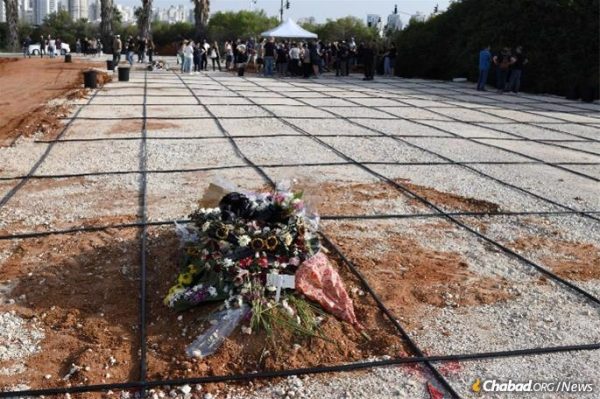
(Photo by Gili Yaari /Flash90)
A Unique Process for ‘Kedoshim’
Levy says that the chevra kadisha procedure for terror victims is unique. Following the age-old tradition regarding those who were killed for being Jewish, known as kedoshim (“holy ones”), the body is not washed and clothed in white linen as usual.
Instead, it is buried “as is”—bloodied and in the torn, soiled clothing in which the person had been killed, bearing witness to the cruelty that had been done.
And in this case, since the remains sometimes consist of just a skeleton or disconnected body parts, they are often placed in simple wooden coffins. This is in contrast with the longstanding tradition of the Holy Land, where the dead are placed directly into the earth.
Levy says that he and members of sister burial societies across Israel have been working nonstop, performing funeral after funeral.
At times, entire families are buried at once, with extended family members unable to leave their homes in the south or having reported to active duty. At other times, the internment in cemeteries in the country’s central region is only temporary, as the family hopes to re-inter their relatives in cemeteries closer to their homes, which are currently under evacuation orders.
Seemingly Unending Burial and Mourning
Following the funerals, families commence the seven-day shiva mourning period, when they receive visitors and host prayer services in the merit of the souls of their departed loved ones.
Many families are “sitting” shiva for more than one relative. An example would be Rachel Vaknin, who was informed of the death of her son, Osher, an organizer of the Supernova rave music festival, “billed as a journey of love and peace,” near Kibbutz Re’im, just three miles from the Gaza Strip.
Three days into Osher’s shiva, word came that the remains of Osher’s twin brother, Michael, had been identified.
This meant that Vaknin sat 10 consecutive days of shiva.
“We saw every type of Jew searching for the same address, looking confused in unfamiliar surroundings, focused on a goal,” says Nechama Dina Hendel, co-director of Chabad of Baka in Jerusalem, who visited the Vaknin home. “I recognized the look of conviction in each of their faces, which was surely mirrored in mine. We all wanted to be there for a Jew in need; a sister we had never met was in unfathomable pain.”
Three weeks into the ordeal of collecting remains, identifying victims and performing heart-breaking funerals has sometimes taken its toll. It has recently been reported on social media that Motti Botzkin, a ZAKA volunteer, suffered a stress-induced heart attack after 16 days on the field and is currently in critical condition in a hospital.
Yet the Jewish spirit remains strong, says Noiman. “We are like Noah after the flood, surrounded by devastation but ready to rebuild, confident in G‑d’s assurance of a brighter future. May it be now with the coming of Moshiach.”



